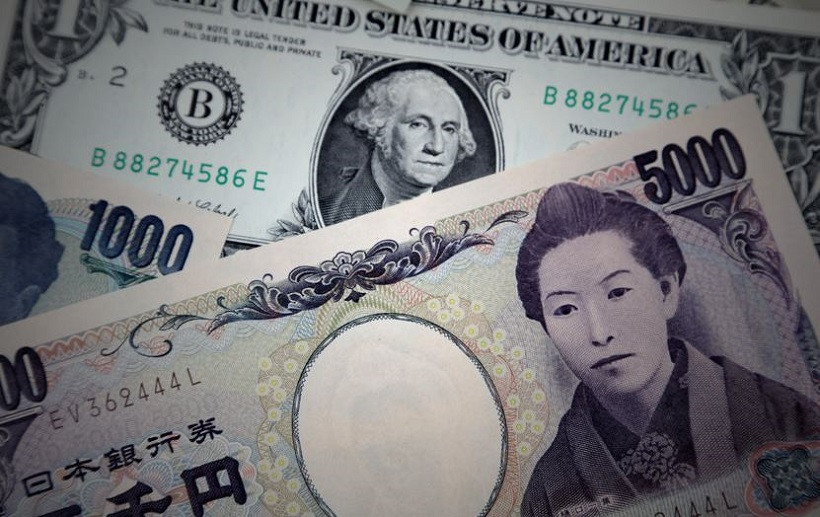The USD/JPY pair is slowly but consistently developing the upward offensive, intending to gain a foothold in the area of the 136th figure. Over the course of three trading days, the price is gradually growing, overcoming intermediate resistance levels. And it looks like this trend will continue in the medium term.
The US currency is the main engine of growth for USD/JPY, despite the fact that it is under general background pressure. The US dollar index is stuck in the middle of the 103rd figure after falling from 105.55. That is why the pair is growing rather slowly, with impressive intraday pullbacks.
The demand for the greenback has been falling for two main reasons. First, the market saw signs of a slowdown in inflation growth in the US. The reason for such conclusions was the June index of consumer confidence, which is calculated by the University of Michigan. It collapsed to 50 points, while in May it was at 58.4 points. After this release, the dollar came under pressure, while the S&P 500 index showed the highest increase since May 2020.
The second reason for the general weakening of the greenback is the indecisive position of Federal Reserve Chair Jerome Powell regarding the prospects for tightening monetary policy. After all, the above inflation report should be viewed precisely through the prism of the position of Powell, who has not yet decided on the pace of interest rate increases. After his recent speech in Congress, the dollar lost its position, retreating from its reached highs.
The de facto dollar rally ended after Powell did not defend the "ultra-hawkish" scenarios. On the one hand, the head of the Fed made it clear that the regulator will maintain a hawkish course, continuing to raise the interest rate until it breaks the inflation growth. But on the other hand, he stressed that "the pace of further rate increases will continue to depend on incoming data and changing economic conditions: the Committee will make a decision from meeting to meeting."
This phrase can be interpreted unambiguously: the further pace of monetary tightening will depend on the dynamics of key inflation indicators, such as the consumer price index and PCE. The latest release of the CPI showed that inflation does not even think of slowing down: after a two-month decline, the index resumed its growth again, updating 40-year highs (after this release, the Fed raised the rate by 75 points, provoking a stronger dollar).
As for the base price index for personal consumption expenditures in the US (PCE), now we can only use April data, while the report for May will be published on Thursday. Given the market reaction to the consumer confidence index from the University of Michigan, it can be assumed that PCE will provoke increased volatility for all dollar pairs, including USD/JPY.
But note that while the greenback in the main pairs of the major group is losing its positions, the USD/JPY pair is slowly but still creeping up. In my opinion, this anomaly is explained by the divergence of the rates of the Fed and the Bank of Japan, which will persist regardless of the degree of Jerome Powell's hawkishness. As you know, the US Federal Reserve is now facing a choice: to raise interest rates in July by 50 or by 75 points. The Japanese regulator does not have such a dilemma: despite the growth of inflation indicators, the Bank of Japan decided to adhere to an accommodative monetary policy—"to support the economy." Moreover, representatives of the Japanese Central Bank, at every opportunity, declare that they are ready to soften the parameters of monetary policy, "if necessary."
For this reason, the USD/JPY pair demonstrates an upward trend. The price goes up, albeit with deep corrective pullbacks. If we look at the MN timeframe, we can see that since March the pair has grown by more than 2,000 points.
At the same time, there is no consensus in the market on where the pair will eventually end up. In June, the price renewed its 24-year high, so it is quite difficult to talk about any borders and "red lines." For example, according to currency strategists at Societe Generale, the pair will rise first to 138, then to 141. Westpac economists expect the pair to reach 137 in the near term. In turn, Rabobank experts say that there is a high probability that the pair will reach 140 in the short term.
In my opinion, in the foreseeable future, it is necessary to consider more mundane targets. The first of them is 136.72 (a 24-year high, which was updated on June 22). The main target (in the medium term) is 137.70 (the upper line of the Bollinger Bands indicator on the D1 timeframe).












